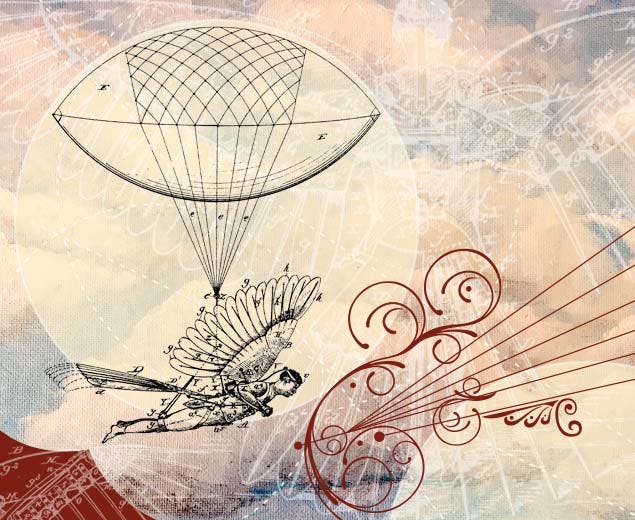INTRODUCTION
About this Exhibition
This exhibition explores:
When Orville and Wilbur Wright first flew their airplane at Kitty Hawk, North Carolina, in December 1903, transportation moved at a slow pace. Railroad steam engines, automobiles, and steamboats averaged from 5 to 20 miles per hour. But within a generation of the Wright Brother’s invention, aviation had developed into transatlantic flights and forever changed the social, cultural, and economic fabric of the world. Flying Machines explores the history of heavier-than-air flight from the 18th century to the 1910s.

